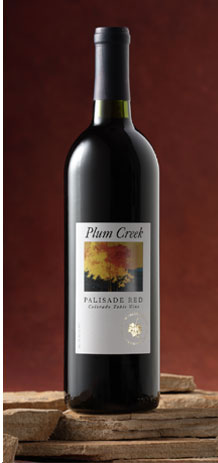 |
|
Wine Details
Price:
Description:
This is a handcrafted blend of Merlot, Sangiovese, Cabernet Franc and Pinot Noir. As with all our wines, the grapes were hand-picked and grown in small Palisade vineyards which have well-drained soils. This balanced wine supports a complex range of aromas and flavors. Merlot and Cabernet Franc add structure and complex fruit. Pinot Noir softens the wine’s tannic structure, and Sangiovese provides an acidic accent with notes of strawberry, cherry and pomegranate.
Palisade Red yields complicated scents of sweet pie cherries and raspberries. The ripe fruit character is surrounded by oak tones of leather and vanilla. Seeking softer tannins and very broad, full mid-palate flavors we crafted this medium-bodied wine to be enjoyable now.
|
|
|